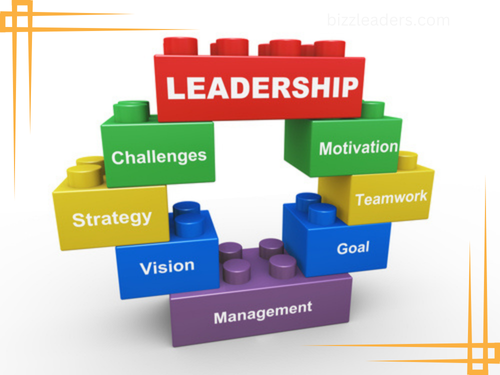Organizations with strong leadership training are 37% more likely to meet their goals. Effective leadership is essential in today’s fast-paced work environment for building collaborative, high-performing teams. This article discusses how targeted leadership training improves team dynamics, productivity, and collaboration culture.
It aims to highlight the key components of effective leadership training and its potential to transform teams into successful powerhouses.
what is leadership training?
Leadership training is an investment in individual and organizational potential, equipping participants with essential skills. It focuses on inspiring and guiding teams toward common goals through interactive workshops and role-playing scenarios. This practical experience builds confidence and enhances understanding of human behavior in professional environments.
A well-rounded leadership training program typically covers ten key points:
- effective communication,
- emotional intelligence,
- conflict resolution,
- team dynamics,
- decision-making strategies,
- strategic thinking,
- time management,
- adaptability,
- vision building,
- and ethical leadership.
Ultimately, the goal is to create leaders who are not just authoritative figures but also empathetic mentors capable of driving positive change within their organizations.
core skills leadership training develops
Leadership training focuses on developing core skills that are essential for effective management and team dynamics.

communication that build clarity and trust
Effective communication builds clarity and trust in organizations. Leadership training highlights the importance of transparent messaging. Open communication creates a safe environment for team members to share thoughts, fostering belonging and collaboration. Understanding collective goals enhances teamwork.
conflict management that strengthens team
Conflict management offers growth and strengthens team dynamics by addressing disagreements. It reveals underlying issues and promotes open communication. Leadership training equips leaders with essential tools for effective navigation of conflicts.
By fostering an environment where team members feel encouraged to share their views and actively listen, leaders can turn friction into constructive dialogue, enhancing collaboration.
coaching for growth and accountability
Coaching for growth and accountability transforms leadership by fostering a mindset shift and vulnerability. Leaders enhance their skills while creating a culture of trust, empowering team members to own their responsibilities. This shared sense of accountability increases engagement and collaboration within teams.
creating a culture of collaboration
Creating a collaborative culture begins with leadership training focused on trust and communication. Leaders who model collaborative behaviors influence the organization positively. Encouraging idea-sharing without fear of criticism nurtures creativity and enhances problem-solving. This openness strengthens colleague relationships, resulting in a more engaged workforce.
why leadership training drives team performance
- Leadership training promotes accountability and collaboration within teams.
- Leaders learn to recognize and utilize team members’ unique strengths.
- This enhances individual confidence and overall team dynamics.
- Improved communication and conflict resolution create a valued environment.
- Training instills a shared vision, aligning team focus on common goals.
- Clarity in direction boosts productivity as roles become clear.
- Trained leaders provide constructive feedback, fostering a growth mindset.
- Investing in leadership development leads to better team performance and innovation.
build the leaders. the team will flow
Effective leadership development thrives in a supportive, decentralized environment that boosts engagement and innovation. Prioritizing emotional intelligence and communication builds trust, enhancing motivation and morale. By cultivating leadership skills throughout the team, organizations improve resilience and adaptability, enabling them to tackle challenges and embrace opportunities. Strong leadership is essential for team success, facilitating consistent progress toward common objectives.
Related Article: https://bizzleaders.com/gap-analysis/
FAQs
How Does Leadership Training Improve Team Performance?
Leadership training equips leaders with tools to motivate, communicate, and manage effectively, leading to improved team dynamics, enhanced productivity, and better overall performance.
What Are The Key Components Of Effective Leadership Training?
Effective leadership training typically includes communication skills, conflict resolution, emotional intelligence, strategic thinking, and team-building exercises.
Can Leadership Training Benefit Teams With Diverse Members?
Yes, leadership training fosters inclusivity by teaching leaders how to embrace diversity, leverage different perspectives, and create an environment where all team members feel valued and heard.
How Often Should Leadership Training Be Conducted?
Leadership training should be ongoing, with regular sessions or workshops scheduled to reinforce skills and adapt to evolving challenges and team dynamics.
What Impact Does Leadership Training Have On Collaboration?
Leadership training enhances collaboration by teaching leaders how to facilitate open communication, build trust among team members, and promote a culture of teamwork.
Is Leadership Training Suitable For All Levels Of Management?
Absolutely! Leadership training is beneficial for all levels of management, from new supervisors to seasoned executives, as it helps develop essential skills needed at every stage of leadership.

